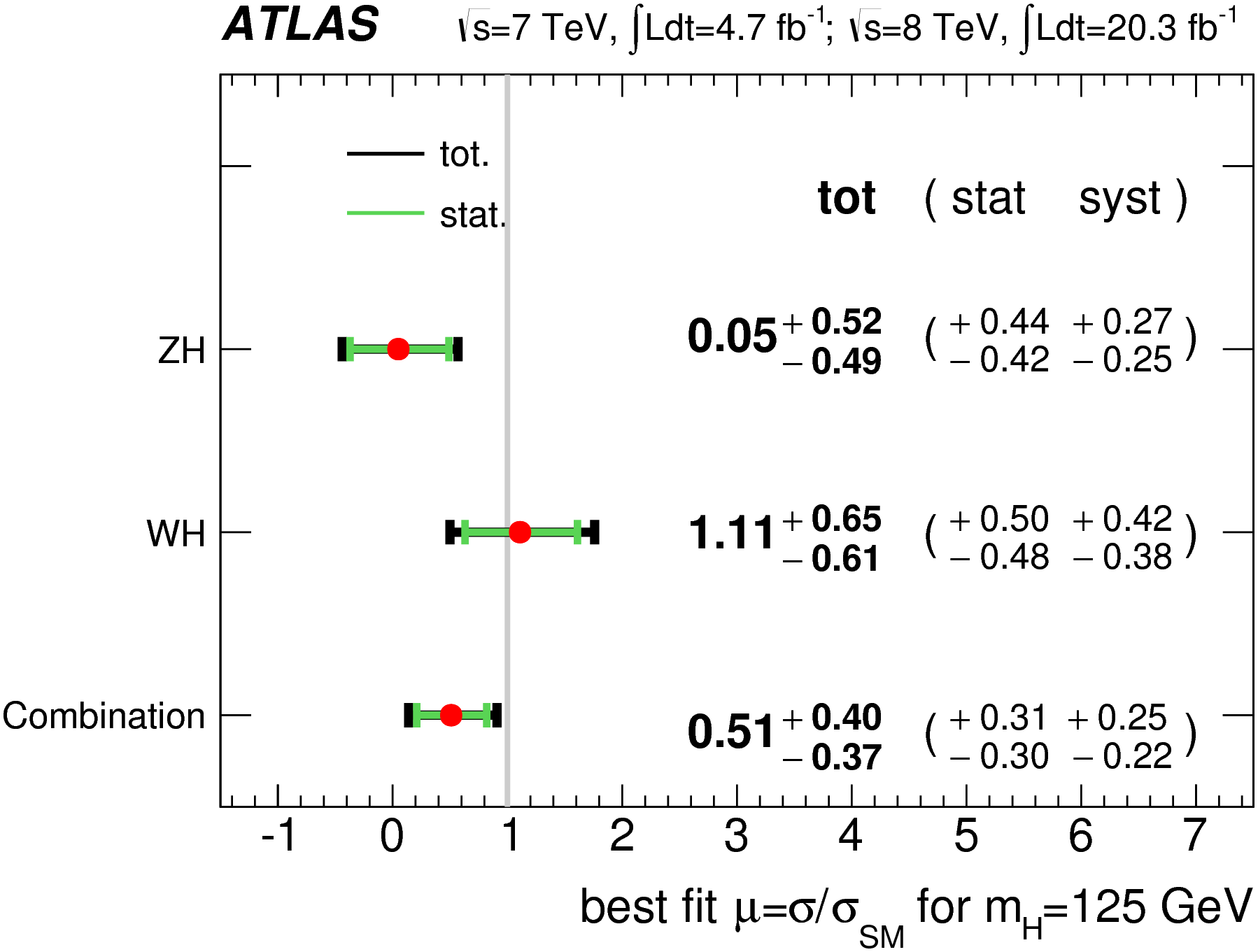Time for another installment of my ICHEP Journal. I kept notes on all the parallel sessions I attended. I tried to mix it up: astrophysics, heavy quark physics, spectroscopy and new states, computing. I tried to avoid topics that are typical to BaBar, things I ought to know, unless there was possible intrigue or new discovery in one of the topics. Here is a distillation of my notes:
Parallel Sessions, Day 1
I started by attending the astrophysics session, which began with a review of cosmology/particle physics connections. Dolgov highlighted inflation, quoting it as an “experimental fact” because its major predictions agree with experimental data. However, he argued that we need to explain inflation and find the “inflaton”, the fundamental field that would have enable the rapid expansion of the universe. He posed the question: do we need this to correspond to a real particle? Dolgov then covered the baryon asymmetry, arguing that something MUST not be conserved in nature in order to explain this (baryon number, lepton number, both). Dolgov then reviewed WMAP results on matter and energy densities in the universe and discussed other cosmological data (isotope ratios, etc).
One thing that was interesting to me was a talk by Kleban on String Theory and landscape hypotheses. These are statements that universes exist as different vacuum minima in the string theory landscape, and that our universe is one of these with the values of physical constants which we observe. The claim has long been that such hypotheses are untestable, and thus not clearly scientific. Kleban argued that in some landscape hypotheses, certain geometries of these landscapes predict an open universe. They also predict, therefore, CMB power spectrum deviations from other models. Therefore, one could falsify these string theory landscape models should such deviations fail to exist.
One of the amusements of the day was during the second astrophysics parallel session, during which the DAMA collaboration presented their same old result and continued to interpret it, despite non-confirmations from other dark matter searches. What I found amusing was that once the inevitable question was asked – “Why don’t other experiments, like CDMS, observe the dark matter candidate that your data claims exists?” – up came a FAQ slide with JUST ONE QUESTION: Why don’t you agree with CDMS, etc.? I wanted to post the FAQ slide here, but it seems that Belli’s talk doesn’t include the backup slides he showed during his talk, which is rather sad. The bottom line: DAMA won’t release the much anticipated LIBRA follow-up experimental results until they “have an exposure greater than the DAMA” exposure. That could be years, and not even a calibration plot was produced to convince the audience they understand their new detectors.
One of the cooler results came that afternoon, in the Electroweak physics parallel session. HERA showed data that suggests that quarks are point-like down to 0.000000000000000001 meter, using electron-proton scattering. That’s three orders of magnitude smaller than the femtometer, the standard measure of distance inside the atomic nucleus. Another pretty cool result, one long anticipated by my experiments, was the revelation of a high-precision measurement of the decay of a Ds meson (a charm-strange quark pair) into a muon and neutrino by the CLEO-c experiment. They ran their collider at a resonance which gives the coherent production of Ds* Ds pairs. They “tag” the Ds meson when it decays into well-defined final states, then search the recoil of that tag for evidence of the muon and neutrino production. They find 64 such events, and determine the rate at which this rare leptonic decay occurs to be (0.657 +/- 0.090 +/- 0.028)%. From this, they determine the Ds meson decay constant, the amount of overlap between the charm and strange quark wave functions, to be (282 +/- 16 +/- 7) MeV. This is the most precise determination of this overlap to date, and is used to determine how well the Standard Model predicts the overlap (very well, it turns out!).
Parallel Sessions, Day 2
Those were my excitements from the first day. On the second day, the most exciting results were the news that Super-Kamiokande III is now operational. This was the experiment Jodi worked on for a year, during which the damaged phototubes of Super-K II were removed, the good ones reshuffled, and new ones deployed to fill the gaps. S-K III will soon take neutrino data, continuing the rich tradition of the Japanese neutrino program. Walters reviewed what Super-K is teaching us about neutrinos. I enjoy the following: the mass difference squared between the second and third mass eigenstates of the neutrino is just a mere (2.4 +0.4-0.4)x10-3 eV2. Remarkable. The MINOS experiment showed results on similar measurements, and have comparable precision on that mass difference but a long way to go on other measurements. The MINOS far detector, by the way, is in the cave next to where Jodi is working right now.
Parallel Sessions, Day 3
My talk was on the third day. I was in a bit of a daze until it was over, but the excitement for me was the excellent measurement on the purely leptonic decay of a neutral B mesons into two muons by CDF. Belle surprised us all by revealing that cross-checks of their previous result in the search for the tau and tau neutrino decay of the B revealed mistakes and oversights. They revised their result, lowering the significance of their original findings and raising many questions about their methods in the minds of the audience. I’ve never witnessed a reversal like this before, and I take it as a cautionary tale that in the rush to conference one much always dot the js and cross the ts.
Finally, of personal interest to me was the recent results in predictions of natural constants using lattice QCD computational techniques. These advanced methods placed nature on a grid – the lattice – with a spacing and a size. Quantities, like wave function overlaps, are predicted on the lattice and then the lattice spacing is sent to zero, its size to infinity. Calculations must survive this last step, or they are not physical. One calculation of interest to me is the overlap of the bottom-up quark wavefunctions inside the B meson, predicted by the HPQCD collaboration to be fB = (216 +/- 38) MeV. Our BaBar analysis of B decaying to tau and tau neutrino suggests fB|Vub| = (7.0+2.3-3.6(stat.)+0.4-0.5(syst.))x10-4 GeV – dividing by the most recent measurement of |Vub| = (4.49 +/- 0.19 +/- 0.27)x10-3 (http://www.slac.stanford.edu/xorg/hfag/semi/ichep06/), we would find fB = (156 +/- 67) MeV. The measurement has large errors, so for now the prediction looks good but we’ll need more data to figure that.



